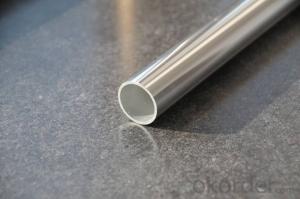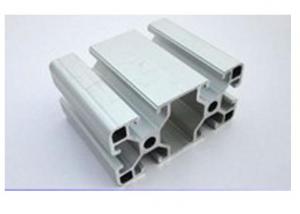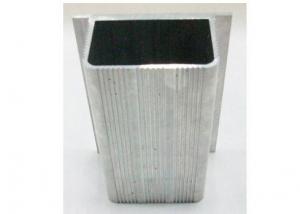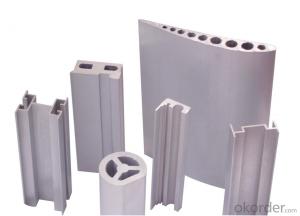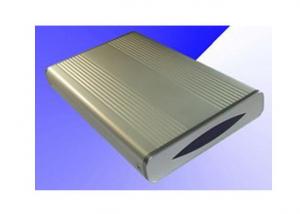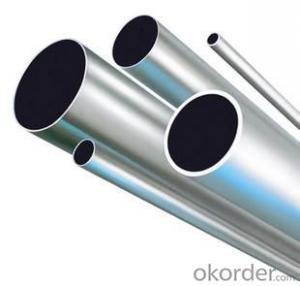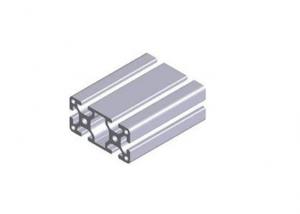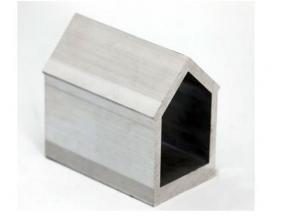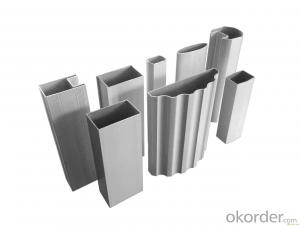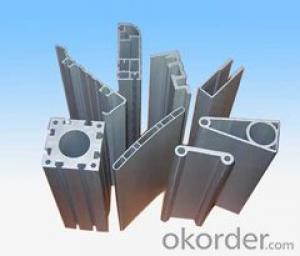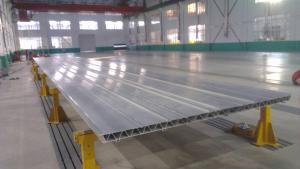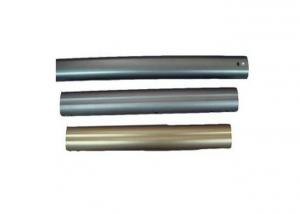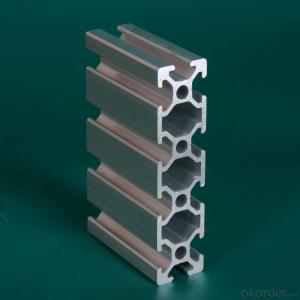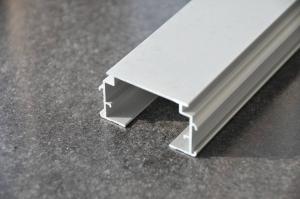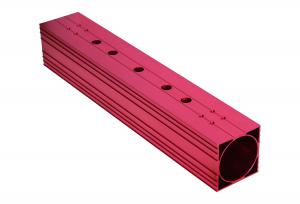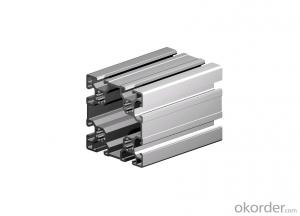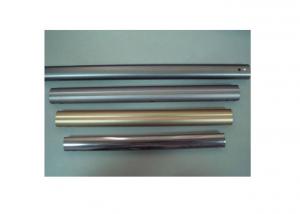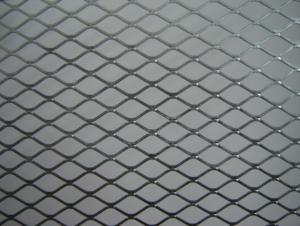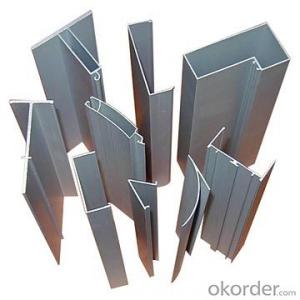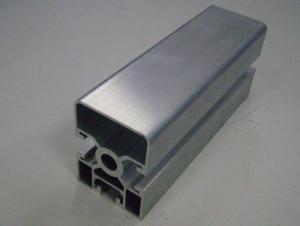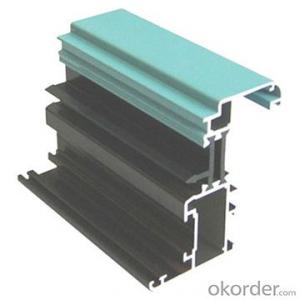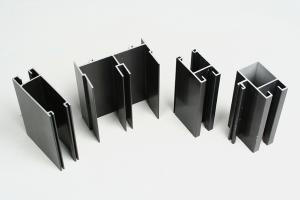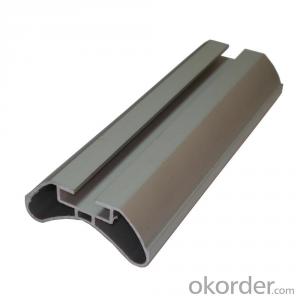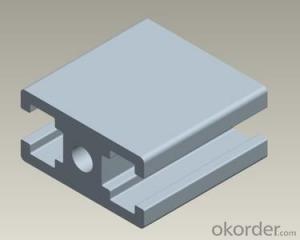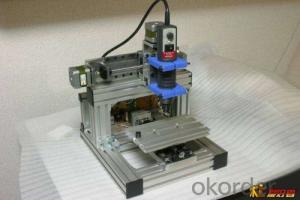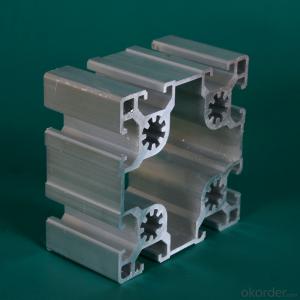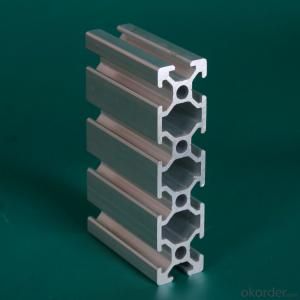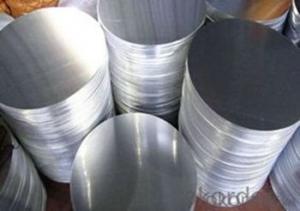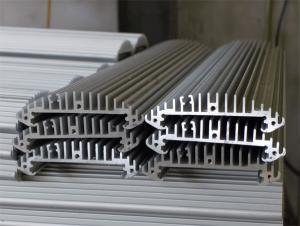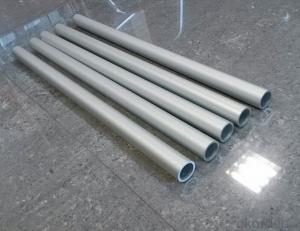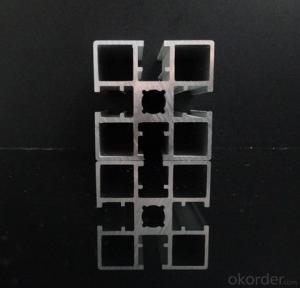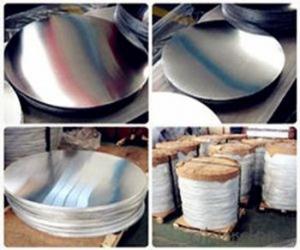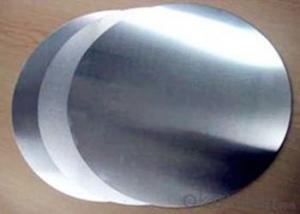Bosch Aluminum Extrusion
Bosch Aluminum Extrusion Related Searches
Aluminium Extrusion Aluminum Extrusions Aluminum Extrusion Plate Aluminum Extrusion Shapes Aluminum Extrusion Framing Aluminum Extruded Tubing Aluminum Extrusion Stock Aluminum Extrusions Stock Aluminum Extrusion Shapes Stock Extruded Aluminum Plate Aluminum Extrusions Stock Shapes Extruded Aluminum Rail aluminum extrusion process flow chart American Thermoplastic Extrusion Company Extruded Aluminum Track Aluminum Evaporator Coil Extruded Aluminum Beams Aluminum Corrosion Protection Profile Extrusion Extruded Aluminum Stock Extruded Aluminum Heatsink Multi Plastics Extrusion Embossed Aluminum Coil Extruded Aluminum Stock Shapes Brazing Aluminum Coil Precision Aluminum Plate Extruded Aluminum I Beam Aluminum Precision Plate Trim Coil Aluminum Brazing Aluminum Condenser CoilBosch Aluminum Extrusion Supplier & Manufacturer from China
Bosch Aluminum Extrusion is a range of high-quality aluminum products that are manufactured to meet the diverse needs of various industries. These extrusions are known for their precision, durability, and versatility, making them ideal for a wide array of applications. They are commonly used in construction, automotive, aerospace, and electronics industries, among others, due to their lightweight and strong properties. The Bosch Aluminum Extrusion products are designed to withstand various environmental conditions and can be customized to fit specific requirements.The Bosch Aluminum Extrusion products are widely utilized in numerous applications, such as window frames, door frames, structural components, and decorative elements. They are also employed in the manufacturing of heat sinks, solar panels, and various other electronic components. The usage scenarios for these extrusions are vast, as they can be easily machined, bent, and joined to create intricate designs and structures. Their corrosion resistance and low thermal conductivity make them suitable for both indoor and outdoor applications, ensuring long-lasting performance and minimal maintenance.
Okorder.com is a reputable wholesale supplier of Bosch Aluminum Extrusion products, boasting a large inventory that caters to the demands of various industries. As a leading distributor, Okorder.com ensures that customers have access to a comprehensive selection of Bosch Aluminum Extrusion products, all of which are sourced directly from the manufacturer. This direct sourcing allows Okorder.com to offer competitive prices and fast delivery times, ensuring that customers receive the highest quality products at the best possible value.


